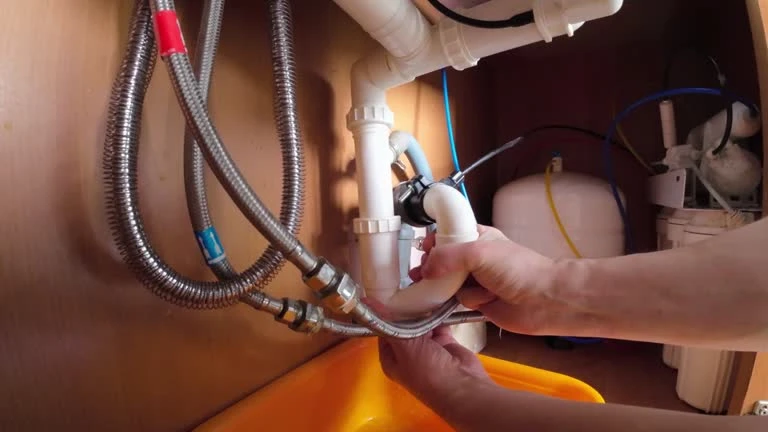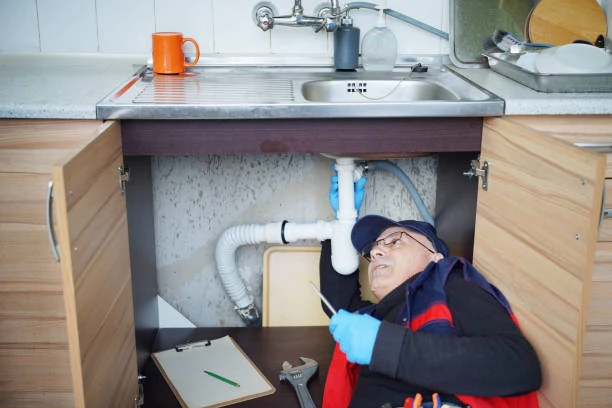Introduction to PEX Fittings
PEX (cross-linked polyethylene) fittings have transformed plumbing systems. Their flexibility and resistance to corrosion make them a popular choice. Among these fittings, brass fittings hold a prominent position. Specifically, brass fittings certified by the Canadian Standards Association (CSA) ensure high-quality performance. However, issues can arise during the installation of PEX fittings. Understanding these problems and their solutions is essential for a successful installation.
Problem 1: Incorrect Pipe Size
Using the wrong pipe size can lead to leaks. PEX fittings come in various sizes, so choosing the right one is crucial. Verify the diameter of your PEX pipes before purchasing fittings. For example, a ½-inch pipe requires specific ½-inch fittings. If you mix sizes, the connection may not be secure. Always double-check measurements to avoid this common mistake.
Problem 2: Inadequate Crimping Techniques
Crimping is a vital step in PEX installation. It secures the fittings to the pipes. However, improper crimping can result in leaks. Ensure you use the correct crimping tool. A loose crimp may allow water to escape. Conversely, an overly tight crimp can damage the fitting. Use a crimp gauge to confirm your connections are secure. This tool helps you achieve the right fit every time.
Problem 3: Poor Fitting Orientation
The orientation of PEX fittings plays a significant role in installation success. If you install fittings backward, the flow of water can be obstructed. Always pay attention to the direction marked on the fittings. For instance, many brass fittings come with arrows indicating flow direction. Align these arrows correctly to ensure optimal performance. This simple step can prevent future plumbing headaches.
Problem 4: Overheating During Installation
Heat expansion is a common concern with PEX materials. Excessive heat can cause fittings to warp or melt, leading to leaks. Therefore, avoid using open flames near your PEX installation. Instead, use heat guns or soldering torches with caution. If you need to connect PEX to copper, ensure you use appropriate transition fittings. This practice protects your PEX from heat damage.
Problem 5: Neglecting to Use Proper Supports
PEX pipes require proper support to avoid sagging or bending. Without adequate support, pipes can stress fittings and lead to leaks. Install supports every few feet, especially in long runs. Use clamps or brackets designed for PEX. These supports help maintain the integrity of the pipes and fittings. In turn, they ensure a longer lifespan for the entire plumbing system.
Problem 6: Failing to Deburr Pipe Ends
Deburring the ends of PEX pipes is a crucial but often overlooked step. Sharp edges can damage O-rings within fittings. This damage can lead to leaks over time. Use a deburring tool to smooth the edges before connecting fittings. This small action can significantly improve the quality of your connections. Additionally, it decreases the likelihood of future plumbing issues.
Problem 7: Incorrect Use of Sealants
Some installers mistakenly believe sealants enhance PEX fittings. However, using sealants improperly can lead to more problems. PEX fittings are designed to create a tight seal without additional adhesives. If you use sealant, choose one compatible with PEX. Always follow manufacturer guidelines when applying any substances. Generally, it’s best to rely on the fitting’s design for a secure connection.
Conclusion: Importance of Attention to Detail
Installing PEX fittings, especially brass CSA-certified options, requires attention to detail. Common problems can arise, but understanding these issues helps mitigate them. Always double-check sizes, crimping techniques, and fitting orientations. Proper supports and deburring techniques enhance integrity. Avoid sealants unless necessary and always prioritize the fitting’s built-in features. By focusing on these critical aspects, you can ensure a successful PEX fitting installation.
IFAN Products international standards
IFAN products strictly adhere to a comprehensive range of international standards, encompassing ISO 15874, EN 15874, ASTM F2389, DIN 8077/8078, GB/T 18742, NBR 15884, ISO 15494, EN ISO 15494, GB/T 19472, NBR 15494, ASTM 2846 (501), DIN 8079/8080 (502), ASTM F441/F441M SCH80 (503), DIN (504), DIN (505), GB/T 18993, AS/NZS 1477, CSA B137.6, NSF/ANSI 14, TIS 17-2532/1131-2535, BS 3505, BS 4346 (801), ASTM D1785 SCH40 (802), ASTM D1785 SCH80 (803), DIN (804), GB (805), GB (806), GB(901), DWV(902), ASTM D2665 (903), along with ASTM D2241, D2665, D2729, and F441/F441M series, ISO 1452, EN ISO 1452, DIN 8061/8062, GB/T 10002, AS/NZS 1477, JIS K6741, CSA B137.3, and other national and industry norms.
Connect
IFAN is a Chinese manufacturer of plastic pipes, fittings and valves with 30 years of experience. If you are interest in IFAN copper fittings, copper valves, plastic pipes and fittings, please contact us. IFAN offers you a variety of standard pipes to meet your specific needs. Click below to learn more about IFAN’s wide range of affordable and cost-effective valve products and piping system related products.
We will reply your email or fax within 24 hours.
You can call us at any time if there is any question on our production.
For more information,pls visit our webside https://waterpipefitting.com/
Pls Mailto: [email protected]
Whatsapp: +86 15088288323














Recent Comments